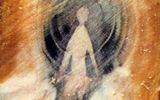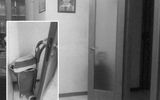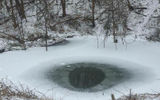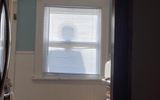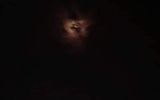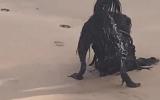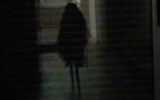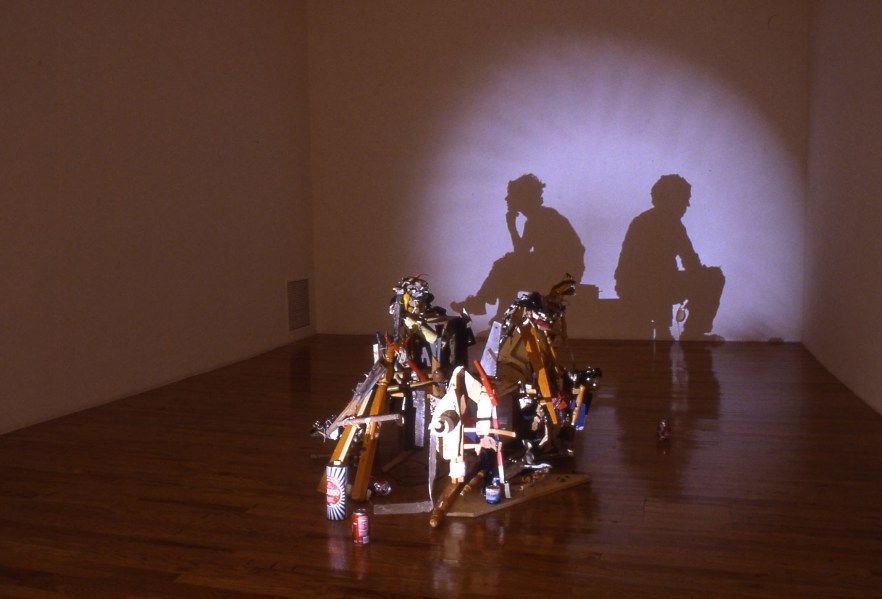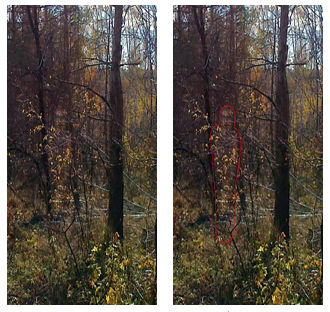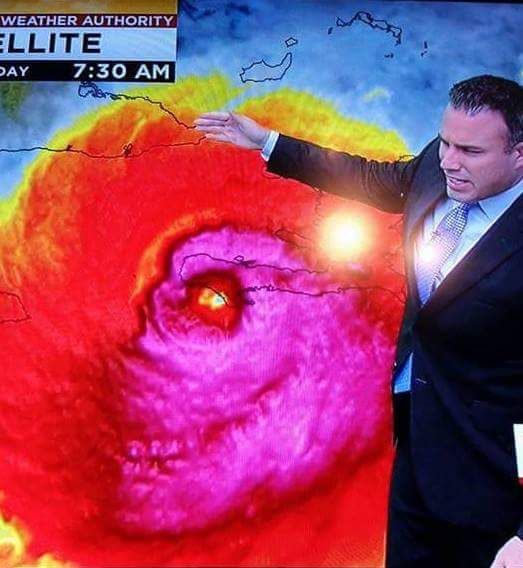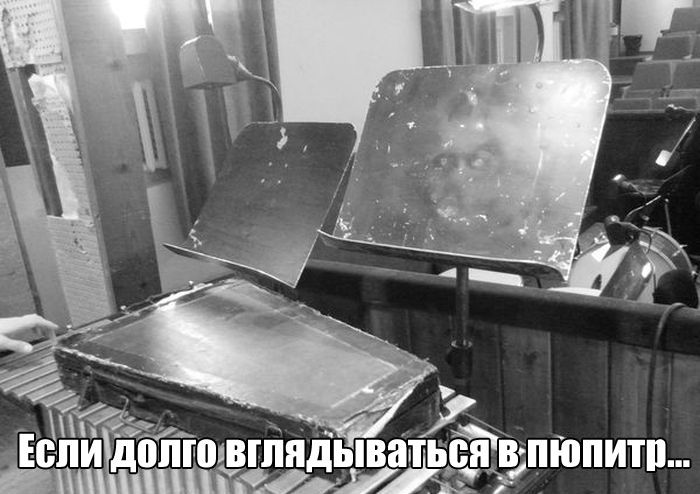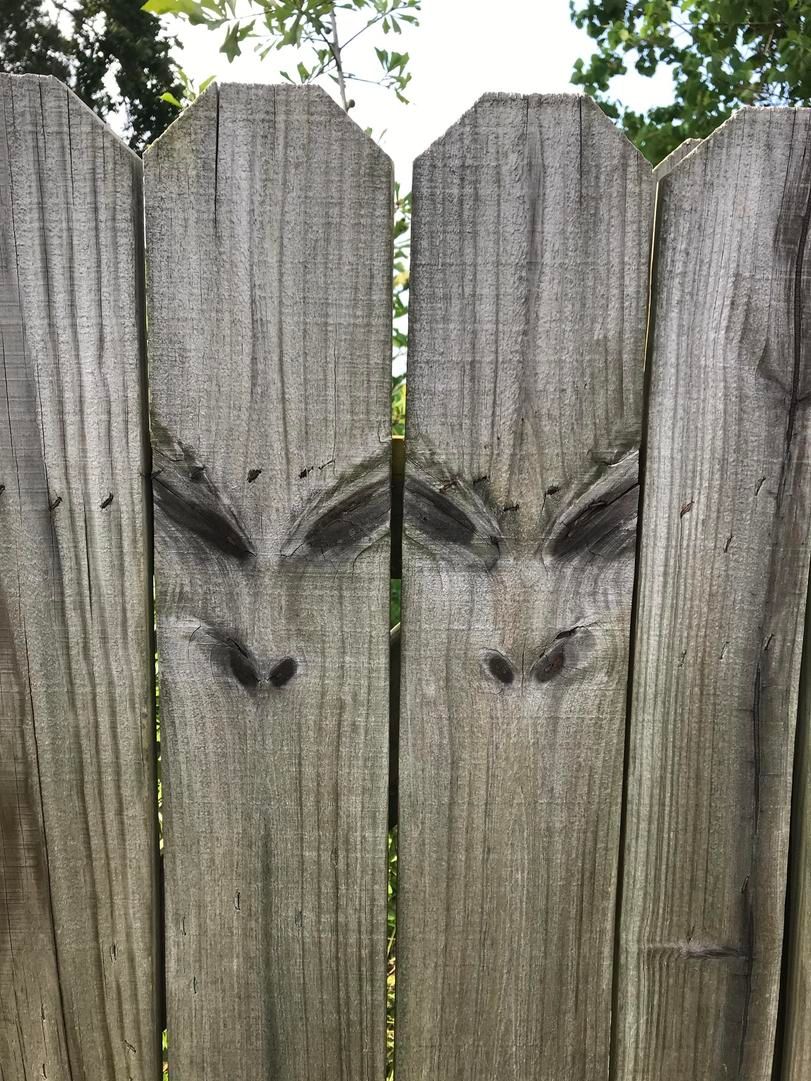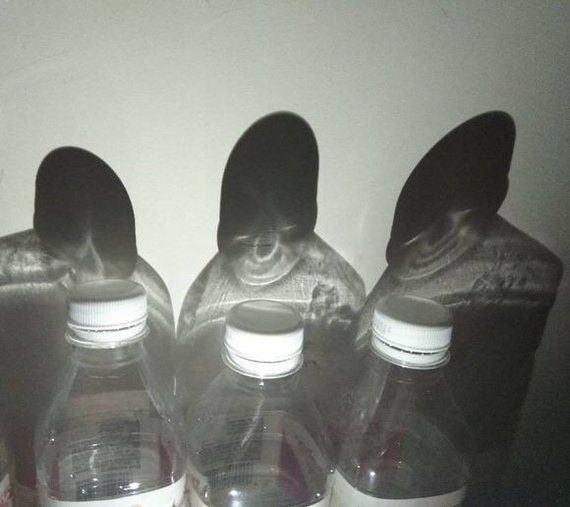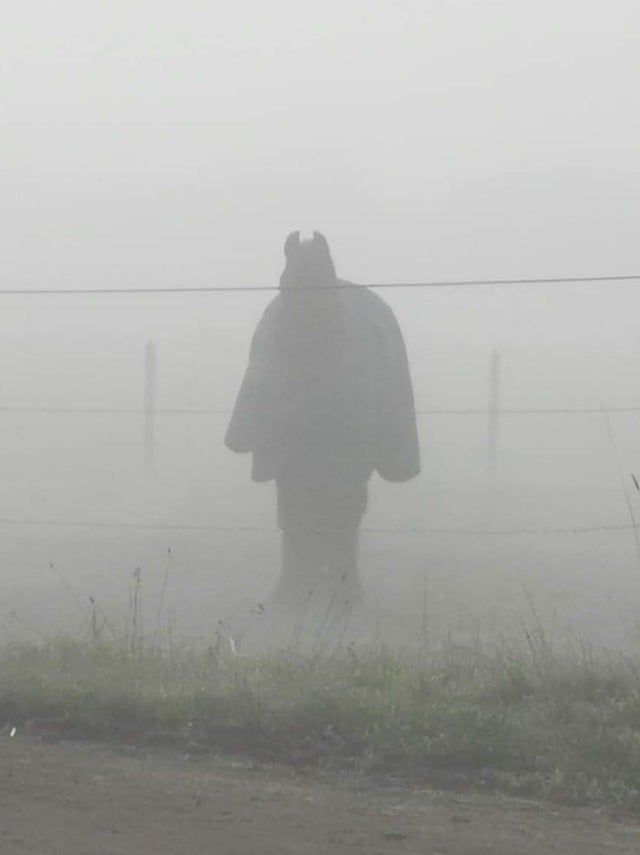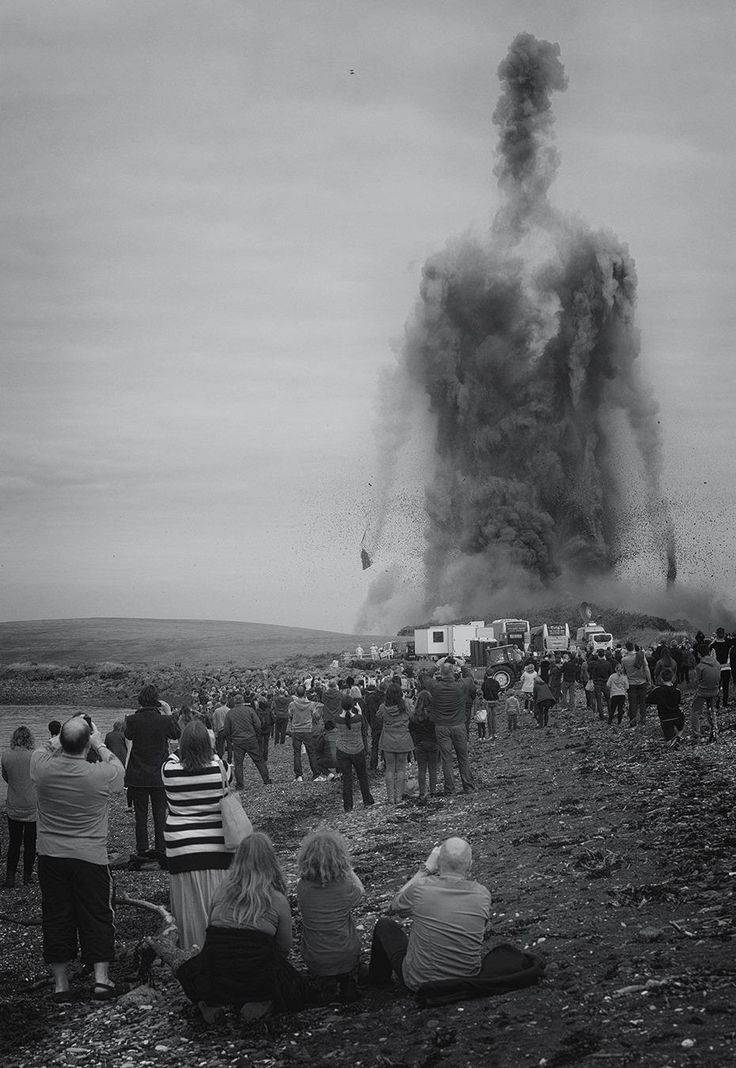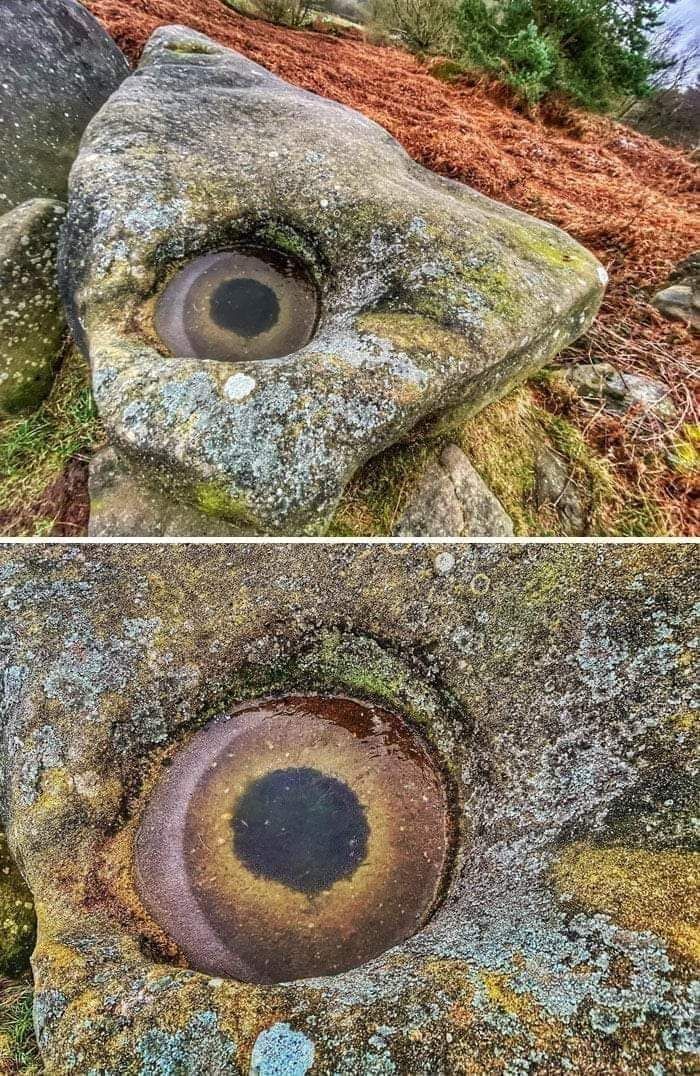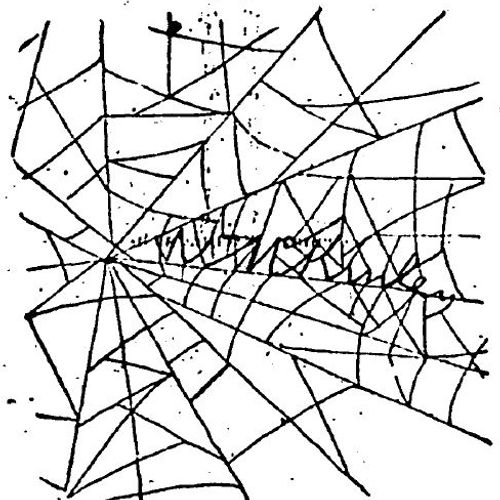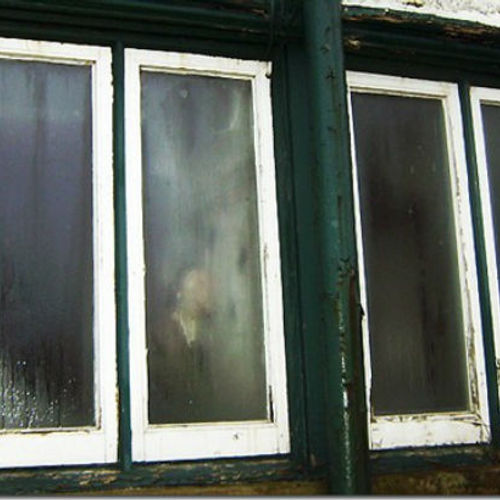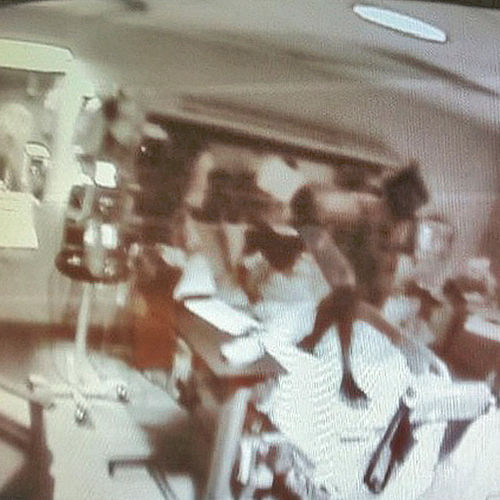
| Added | Fri, 07/10/2016 |
| Sources | |
| Феномены | |
| Version type |
A variety of illusions (the so-called "sensory illusions of complement") it consists in the formation of illusory images, which are based on the details of a real object. Thus, a vague and unintelligible visual image is perceived as something distinct and definite - for example, figures of people and animals in clouds, an image of a person on the surface of the moon, "hidden messages" heard when reversing audio recordings, shadows formed by leaves or complexes of surrounding things under certain lighting (sometimes at a certain angle).
In general, this is called apophenia. This term refers to the experience of being able to see structure or relationships in random or meaningless data. Apophenia is the direct perception of the connection and meaningfulness of unrelated phenomena. The term was introduced to . Conrad in 1958 (Brugger). Shortly after his son committed suicide, Bishop James A. Pike (1913-1969) began to see meaningful messages in things like a clock stop, an open pin, the corner formed by two postcards lying on the floor. He thought they were telling the time when his son shot himself (Christopher 1975: 139).
The word "illusion" comes from the Latin word "illusio", which means "delusion" or "deception". The explanatory dictionary defines this word as a distorted perception of a really existing object or phenomenon, allowing for an ambiguous interpretation.
There is a whole section on our website containing a general description of illusions, thanks to which a person may have the impression that he has encountered some unexplained phenomenon. Such distortions of perception can occur both in mental disorders and in healthy people. They can be caused both by the physiological characteristics of the organs of perception, and by special states of consciousness caused by psychological shocks or the effects of chemicals.
In this article, we will consider in detail the illusions of "expectation" that arise under the influence of pronounced mood swings or in connection with the affect of fear, anxiety, the result of which may be a "meeting with the unknown." In general terms, this type of illusion is known as "pareidolic illusions" – a kind of visual illusions, consisting in the formation of illusory images, which are based on the details of a real object. Thus, a vague and unintelligible visual image is perceived as something distinct and definite (for example, figures of people and animals in clouds, an image of a human face on the surface of Mars, "hidden messages" heard when reversing audio recordings).
Every person can tell at least one story about how he was frightened at night by some silhouette sitting on a chair or standing in the corridor of a ghost. To illustrate, here are some examples of such stories:
"I couldn't sleep for a long time, lying on the bed in my room. The room was dimly lit by the bluish light of the clock face and the rare headlights of cars passing by the window. Already falling asleep, I noticed the black silhouette of an old man in the dark corner of the room. He was sitting on a chair with his head on one side. Goosebumps ran over my skin. I began to blink often and even rubbed my eyes with my hands, trying to remove the obsession, but I saw him again, barely worth looking into the far corner. Now there was no need to look closely. I saw him so clearly that I seemed to see not only his wrinkled face, but also his piercing gaze. I hid my head under the blanket and tried to distract myself and fall asleep, but sleep wouldn't come. I wanted to say a prayer, but the words were constantly confused in my head and did not want to add up to the right sentences. Then I decided to count. After counting to three hundred, I lost my way, but I felt that I had calmed down enough and decided to look out of my hiding place. The first thing I saw was the look of an old man. A new wave of horror swept over me. I was about to scream and run out of the room, but then a car drove past the window. Before my eyes, instead of the old man, the light snatched out a blanket lying in a lump on a chair."
"I got up at night to drink water. Sleepy, I walk down the corridor and suddenly I see a white ghost hanging in front of me at full height. I jumped aside in surprise. From such an adrenaline rush, I finally woke up, but the ghost did not go away and continued to hover in the air. In the next seconds, suppressing the urge to run back and hide under the blanket, I flipped the switch and saw my sister's beige coat hanging on a hanger in front of me. In the morning, she told through laughter that she hung it out so as not to wake up the whole house in the morning by slamming the closet door."
Most often, such stories are told by children, but sometimes this can happen to an adult.
"My husband and I were very young then. Before going to bed, for some reason, a conversation about devils came up. My husband convinced me, they say, women's fairy tales. They argued-argued, and went to bed. I've already started to doze off, I feel Kolya pushing me. I open my eyes, and he looks so scared to me – look at the devil! I look and I don't see anyone where he's pointing. He won't calm down – there, he says, horns, tail. I looked closely – yes, and really, damn! I saw him, then. I felt terrible, I was already shaking, and I would jump up from fear as soon as I turned on the light. I look: my husband is sitting pale on the bed, and it's not the devil at all by the stove, but a bucket and a rag so bizarrely formed that they looked like a silhouette in the dark. I'll turn off the light – damn, and when I turn it on – a rag with a bucket."
The objects of such stories can be quite ordinary creatures, for example: a man, an old man, an old woman, a dog, a cat, etc., who cause a feeling of fear only by suddenly finding themselves in a closed room that seems protected to a person. Sometimes it is because of such sudden appearances that they are called not just, for example, "woman", but "witch" (for children, "Baba Yaga").
Most of these cases are mystical creatures: devils, aliens, ghosts, etc. Their sudden appearance in a closed room does not cause fear due to the specifics of ideas about them. Here there is a fear that the creature may, for example, attack, or its appearance promises some kind of trouble in life.
Often we do not notice such illusions. We can see the same curtain every night when we go to bed, but in order to notice a ghost in it, a certain attitude, a certain psychological readiness for such a "meeting" is necessary.
This is well illustrated by the following experiment:
Here's a blob. What do you see on it?

With a good imagination, a lot of different images are obtained here. As a rule, they are objects that are familiar to you, and first of all, that you care about at the moment. You have examined this blob in detail, found at least one image on it, and now every time you look at this blob, you will notice it first of all.
Now let's set an image: a bald man with a big nose and round eyes. Take another look at the blob. Did you find him? If not, then select it:

And now?
Now, looking at the picture, you will definitely distinguish this group of random spots from the total mass, even if you didn't notice it before.
In addition to all the images on the blob, they found: Mickey Mouse, a horse's head, a devil, and even an alien. Even if you didn't find them before, now the brain will allocate them. Here they are:

Often psychological preparation for finding an image is implicit.
For example, if you listen to or start humming the song of a mammoth from the cartoon "Mom for a Mammoth", then a mammoth is easily located on the blob. We will not specify it, because, as it turned out, everyone finds their mammoth and there are at least three of them in the picture.
The same effect can be observed by looking at photos of trees and bushes.
Practical application
When a person feels anxiety and fear, but cannot understand its causes, the method based on the described illusion can help to realize them. It is often used in their practice by healers who "pour out" fear with candle wax.

The result of "Pouring out fear" with wax.
The same method is also used by certified psychologists studying personality traits. It is known as the Rorschach Test or "Rorschach Spots" [2]. Each figure depicted on paper serves as an incentive for free associations – the subject must name any words, images or ideas that arise in him. The test is based on the assumption that what an individual "sees" in a blob is determined by the characteristics of his own personality in a broad sense, or by what he is focused on at the time of the test.
Auditory illusions
Almost everyone is familiar with the effect when, while bathing in the shower, we hear a bell or a calling voice through the noise of the water, and when we turn off the water, the sound disappears.
Here we observe the same illusion described above, but for hearing. We hear words, melodies, or other sounds expected in this situation among the white noise [4] (in this case, the sounds of water).
Such techniques (listening to the noise of water, TV or radio, not tuned to the broadcast wave, inverted sound recording) are often used to contact ghosts, aliens and other mystical entities. In the state of expectation of such contact, names, words, and sometimes whole phrases of different content can be heard in the same noise.
Conclusion
Illusions are very common in our lives. Sometimes they help us solve problems, sometimes they distract us. Everyone wants to face the unknown, and some are even ready, consciously or not, to deceive themselves. And those who want to meet a really unexplained case sometimes have to look at the world with different eyes. In order to find out whether you really have an illusion or a phenomenon in front of you, sometimes it's enough to turn on the light or distract yourself a little. And perhaps it will turn out to be something unexplained.
Related facts
Related news
Related articles
Log in or register to post comments


